 For Dr. Robert Mason, an archaeologist with the Royal Ontario Museum, it all began with a walk last summer. Mason conducts work at the Deir Mar Musa al-Habashi monastery, out in the Syrian Desert. Its still in use today by monks. The finds at the monastery date mainly to the medieval period and include some beautiful frescoes.
For Dr. Robert Mason, an archaeologist with the Royal Ontario Museum, it all began with a walk last summer. Mason conducts work at the Deir Mar Musa al-Habashi monastery, out in the Syrian Desert. Its still in use today by monks. The finds at the monastery date mainly to the medieval period and include some beautiful frescoes.
I went for a walk into the eastern perimeter, he said – an area that hasnt been explored by archaeologists.What he discovered is an ancient landscape of stone circles, stone alignments and what appear to be corbelled roof tombs. From stone tools found at the site, its likely that the features date to some point in the Middle Easts Neolithic Period a broad stretch of time between roughly 8500 BC 4300 BC.
In Western Europe megalithic construction involving the use of stone has been dated to as early as ca. 4500 BC. This means that the Syrian site could well be older than anything seen in Europe.
Tombs, stone circles, stone alignments and I was standing up there thinking oh dear me Ive wandered onto Salisbury Plain, Mason told the audience at a recent colloquium in Toronto Canada.
At the southern end of the landscape there are three of these apparent tombs. They are about eight meters in diameter and each of them actually has a chamber in the middle. The roof is corbelled which suggests that beneath them is something you would want to seal in. Each of these corbelled structures had a stone circle beside it, which is about two meters in diameter.
Dr. Mason cautioned that the team did not have the chance to do more than survey the area, so its still possible that these corbelled structures could have a purpose other than burial. More work also needs to be done to get a precise date of construction.
Must Have Monk
 Dr. Mason set out to look for more stone circles and chambered structures. This time he brought a monk with him, from the monastery a good idea, since he was near a Syrian military base.
Dr. Mason set out to look for more stone circles and chambered structures. This time he brought a monk with him, from the monastery a good idea, since he was near a Syrian military base.
Lurking around in the hills above a Syrian military base with a digital camera in one hand and a GPS unit in the other is the sort of thing that makes you want to have a monk in your presence, he said.
The two of them went to a rock outcrop a place that would have been a good source of flint in ancient times. He found the remains of more of these corbelled structures between six and eight of them. In the valley below they found another corbelled structure with a stone circle right beside it.
The monk who travelled with him sensed that this high outcrop would have been of great importance to the people who lived here. This is a high place he told Mason, something which their next find would justify.
As Mason gazed at the landscape, from the height of the outcrop, he saw stone lines, also known as alignments, going off in different directions.
Now, these are not natural features. Mason has a geology background and actually teaches University of Toronto archaeology students how to analyze archaeological remains. I know what rocks look like, where they belong – these rocks dont belong in that.
One of stone lines was very bizarre, snaking its way up a hill. Mason followed the line and found that it led to the biggest complex of tombs of all.
This particular stone structure has three chambers and was probably the burial place for the most important person. Again Dr. Mason cant confirm for sure that this was used a tomb, until further archaeological work takes place.
The lithics the team found in the landscape are also quite unusual they dont seem to be made from local material. Mason said that local flint is white or dark red. But the material they found is very good quality brown chert.
What is This Landscape?
 The Neolithic period is a time period when people in the Middle East were beginning to grow crops and adopt farming. They didnt live in settlements larger than a village. There were no cities in the Middle East or anywhere else in the world.
The Neolithic period is a time period when people in the Middle East were beginning to grow crops and adopt farming. They didnt live in settlements larger than a village. There were no cities in the Middle East or anywhere else in the world.
Professor Edward Banning is a University of Toronto anthropology professor and Neolithic period expert, and has done extensive fieldwork in the Middle East, including Jordan. He said that we need to be careful about drawing conclusions before more fieldwork is done.
Virtually all the burials that archaeologists have ever discovered from Neolithic sites in that part of the world come from inside settlements in fact even below floors and houses, he said. If the corbelled structures are confirmed as burial structures, then this site will represent something new.
Its possible that this landscape that Dr. Mason has identified could be an example of off-site burial practices in the Neolithic which would be very interesting.
This would help settle a mystery that archaeologists have long faced. Banning said that while burials have been found in Neolithic settlements, Those burials are not high enough in number to account for the number of people who must have died in those settlements. So a number of us for many years have assumed that there must have been off-site mortuary practices of some kind.
An Early Stonehenge?
Dr. Mason has an idea that goes a step further. He says that this site sounds like Western Europe and he wonders if this could be an early example of the stone landscapes seen at places like Stonehenge.
Dr. Julian Siggers of the Royal Ontario Museum, another Neolithic specialist, pointed out that it has been argued that agriculture spread from the Near East to Europe. This find creates a question – could these stone landscapes have gone with them?
We’ve found something that’s never been found in the Middle East before.
Its, such an important hypothesis if its right that its worth telling people about now, said Mason. Weve found something thats never been found in the Middle East before.
Professor Banning is sceptical about this idea. He said that stone structures are found throughout the world, indeed structures called dolmens are found in East Asia. He said people in Western Europe could have developed the techniques independently of the people who built the landscape near the Deir Mar Musa al-Habashi monastery.
You dont necessarily have to have a connection there, he said.
Banning also said that Masons site may not be entirely unique in the Middle East. He said that archaeologists have detected, via satellite photos, what appear to be cairns and stone circles in other parts of the Near East, including the deserts of Jordan and Israel. However, most of these things have not received a lot of archaeological investigation.
That situation is about to change. Dr. Mason plans to return to the Deir Mar Musa al-Habashi site this summer with a team of Neolithic experts. This means that well likely be hearing more about stone circles, alignments and cairns, in the Middle East, in the years to come.
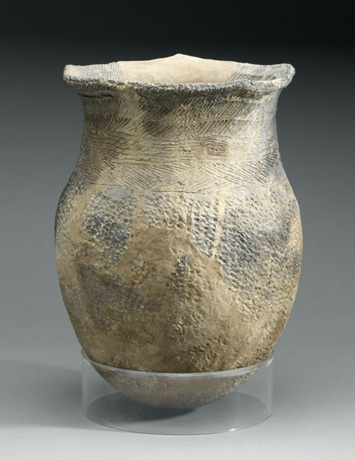 In celebration of our chilly northern climate, the Ontario Archaeological Society will be holding their annual symposium in Killarney Ontario from Sept 24-26, a town on the northern tip of Lake Superior.
In celebration of our chilly northern climate, the Ontario Archaeological Society will be holding their annual symposium in Killarney Ontario from Sept 24-26, a town on the northern tip of Lake Superior. After reading this title youre probably asking yourself why on earth would one consider a marketplace to be the most important ancient spot in London? London certainly has finds that lend more to the imagination. The
After reading this title youre probably asking yourself why on earth would one consider a marketplace to be the most important ancient spot in London? London certainly has finds that lend more to the imagination. The 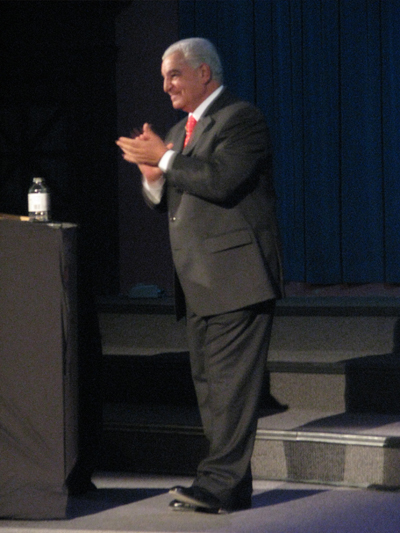 Question who can completely fill up a cavernous 1,500 seat domed hall on a Saturday night in Toronto?
Question who can completely fill up a cavernous 1,500 seat domed hall on a Saturday night in Toronto?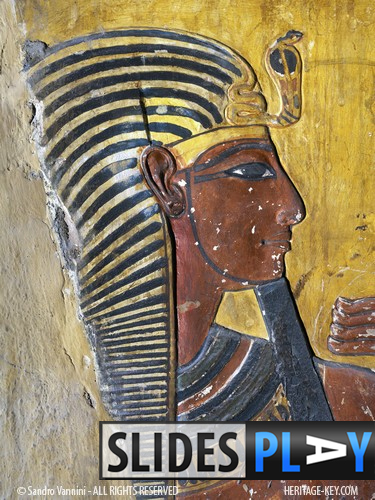
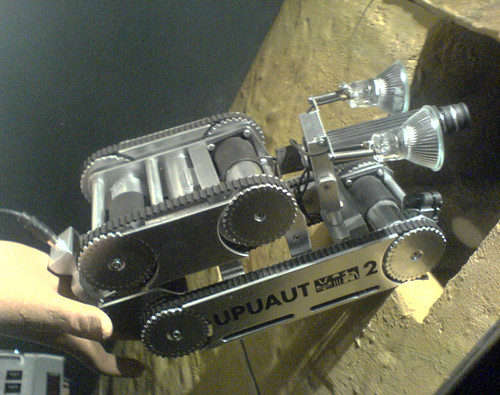
 Planners and construction workers are hard at work building new
Planners and construction workers are hard at work building new 
 Last summer headlines were made when a team of archaeologists unearthed a cache of tablets from an Assyrian temple at
Last summer headlines were made when a team of archaeologists unearthed a cache of tablets from an Assyrian temple at  Snow-weary Toronto residents are set to get some Aegean relief this Saturday. The
Snow-weary Toronto residents are set to get some Aegean relief this Saturday. The  (Source – Royal Ontario Museum)
(Source – Royal Ontario Museum) For
For  Dr. Mason set out to look for more stone circles and chambered structures. This time he brought a monk with him, from the monastery a good idea, since he was near a Syrian military base.
Dr. Mason set out to look for more stone circles and chambered structures. This time he brought a monk with him, from the monastery a good idea, since he was near a Syrian military base. The Neolithic period is a time period when people in the Middle East were beginning to grow crops and adopt farming. They didnt live in settlements larger than a village. There were no cities in the Middle East or anywhere else in the world.
The Neolithic period is a time period when people in the Middle East were beginning to grow crops and adopt farming. They didnt live in settlements larger than a village. There were no cities in the Middle East or anywhere else in the world.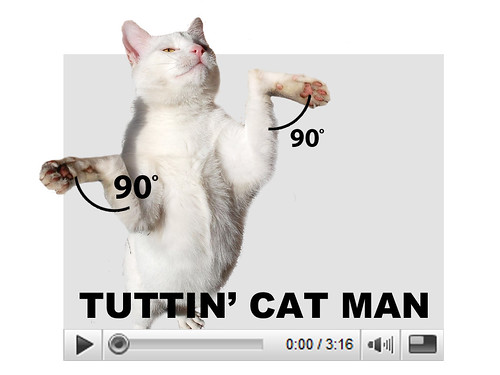
 This Friday promises a feast for archaeology lovers in the Toronto area. The
This Friday promises a feast for archaeology lovers in the Toronto area. The 